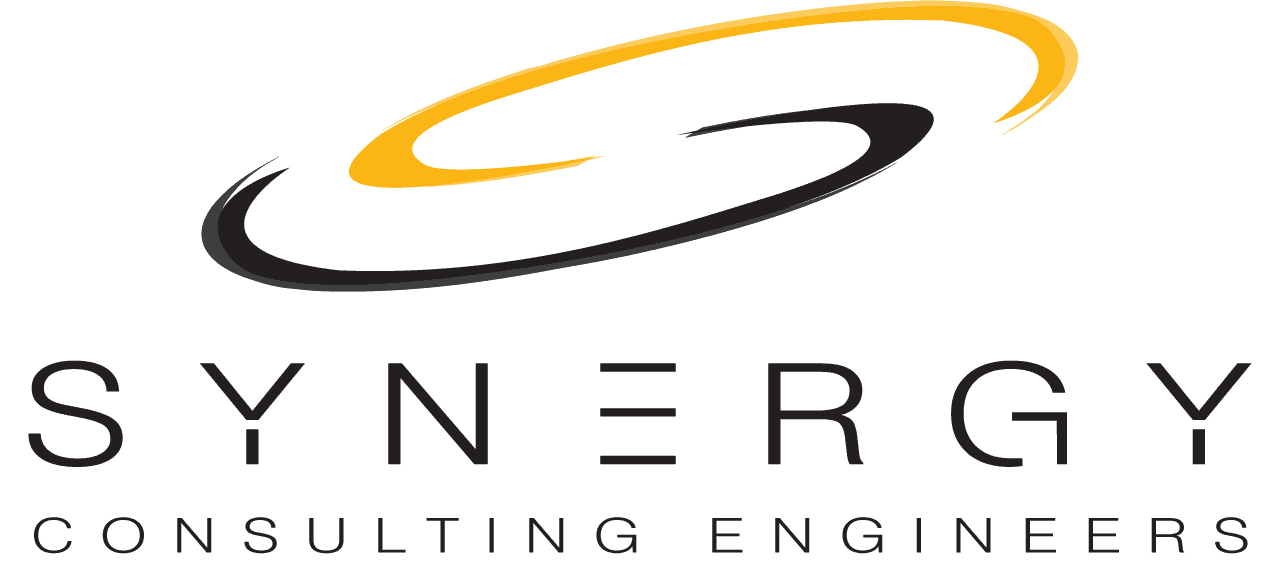
Elevating Your Operations… From Anywhere
Empowering your facility success with an Integrated Remote Operations Center (IROC)
Facility Directors responsible for multiple remote sites can be hindered by efficiently monitoring and managing all site operations without a centralized hub for remote operations. Coordination, timely decision making, and optimizing their resources can be a constant struggle without all information at their command. This daunting obstacle can leave even the most seasoned Facility Director feeling overwhelmed and disconnected, searching for a solution that would empower his facilities to streamline their operations, improve communication, and regain control over their remote workflows.
Synergy has been that trusted partner for guiding enterprise-level clients to an innovative Monitoring-Based Commissioning (MBCx) plan, leading them towards a fully Integrated Remote Operations Center (IROC), where productivity and success can once again flourish.
An Integrated Remote Operations Center (IROC) is a centralized hub for organizations to remotely manage and monitor their essential operations in real-time. IROC offers a comprehensive solution for managing critical processes from a centralized location ensuring efficiency and effective control. A critical component of a successful MBCx process for clients with multiple, remote facilities is the planning and implementation of an Integrated Remote Operations Center (IROC), which provides the following benefits:
1. Improved Operational Efficiency:
A remote operations center allows for centralized monitoring and control of all Building Automation System (BAS) operations from a single location. This integration eliminates the need for multiple BAS front ends and streamlines processes, leading to improved efficiency in managing operations.
2. Persistent Cost Savings:
By consolidating operations in a remote center, organizations can reduce costs associated with maintaining multiple physical facilities by sharing resources and becoming proactive with operational management. The typical savings, according to the US Department of Energy, can have the following impact:
-
- 25-30% Reduction in Maintenance Costs
- 70-75% Elimination of Breakdowns
- 35-45% Reduction in Downtime
- 20-25% Increase in Production
- 10x Return on Investment (ROI)
3. Enhanced Collaboration:
Integrated remote operations centers foster collaboration among team members and departments. Real-time communication tools, shared dashboards, and collaborative platforms enable seamless information sharing, problem-solving, and decision-making across teams, regardless of their physical location.
4. Increased Flexibility:
Remote operations centers offer greater flexibility in terms of workforce management. Teams can be composed of individuals located in different regions or time zones, allowing for 24/7 coverage and faster response times to operational issues or emergencies.
5. Scalability and Resilience:
Integrated remote operations centers are scalable, allowing organizations to adapt quickly to changing operational demands. They can easily accommodate the addition of new systems, technologies, or personnel, ensuring scalability as the organization grows. Additionally, remote centers provide built-in resilience by enabling operations to continue uninterrupted during emergencies or disruptions at specific locations.
6. Enhanced Data Analytics:
Centralizing operations in a remote center facilitates the collection and analysis of large volumes of data from various sources. This data can be used to gain valuable insights, identify patterns, optimize operations, and make data-driven decisions to drive efficiency and improve performance.
7. Sustainability and Environmental Impact:
An integrated remote operations center contributes to sustainability efforts by reducing the need for travel and minimizing carbon emissions. By leveraging remote monitoring technologies, organizations can decrease their ecological footprint and contribute to environmental conservation.
8. Business Continuity:
With a remote operations center in place, organizations can ensure a standardize operational & maintenance process across all their physical sites. The centralization of operations and the ability to operate remotely enable continued operations and minimize downtime, protecting the organization from potential financial losses.
9. Optimized Operational Advantage:
Implementing an integrated remote operations center can enable organizations to optimize their operations, improve productivity, and deliver better services or products. It allows for faster response times, better decision-making, and increased operational efficiency, ultimately leading to improved customer satisfaction and performance.
With this innovative solution in place, you will experience enhanced operational efficiency, streamlined workflows, and real-time data access at your fingertips. You and your team will hold the power to remotely monitor and manage your operations with ease, making proactive and informed decisions promptly and consistently.
Without this transformative solution, your operations will continue to suffer from disjointed communication, inefficient and reactive processes, and scattered data. You and your Facilities will continue down a path of missed opportunities, delayed decision-making, and costly errors. The lack of an integrated centralized hub for your remote operations will lead to decreased productivity, frustrated Facility Teams, and ultimately, dissatisfied Owners and Tenants.
